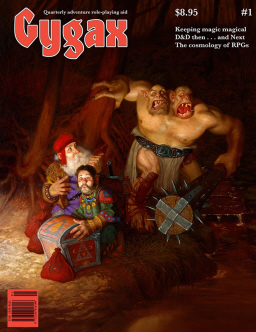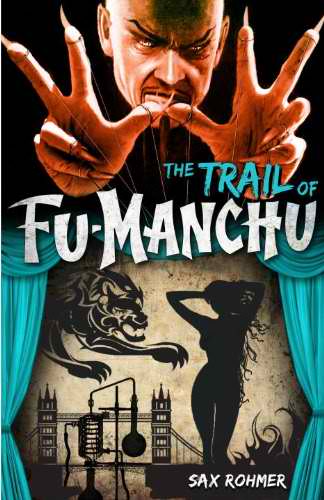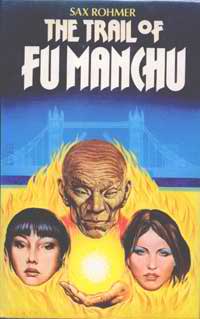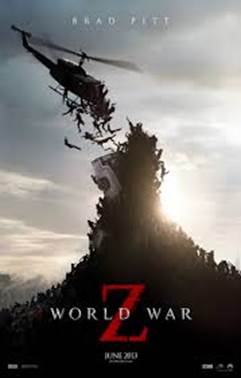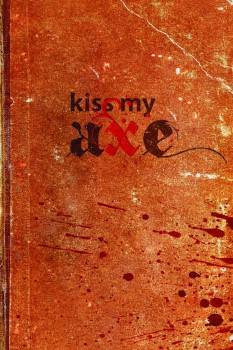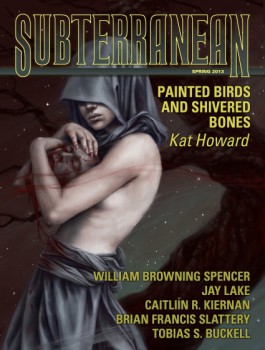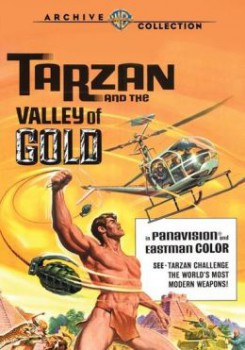Raising the Golden Fortress in Oil Country: Minister Faust’s The Alchemists of Kush
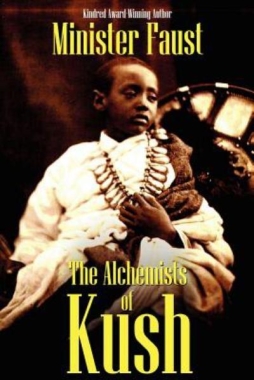 Writing about fantasy fiction seems sooner or later to involve writing about myth. The two aren’t the same, but have a connection difficult to articulate. Similarities and contrasts both feel obvious and yet are hard to nail down. Perhaps it’s fair to say both fantasy and myth challenge consensus reality. But that they differ in the relation they have to truth, or to what is to be taken as truth.
Writing about fantasy fiction seems sooner or later to involve writing about myth. The two aren’t the same, but have a connection difficult to articulate. Similarities and contrasts both feel obvious and yet are hard to nail down. Perhaps it’s fair to say both fantasy and myth challenge consensus reality. But that they differ in the relation they have to truth, or to what is to be taken as truth.
Minister Faust is the pen name of Edmontonian Malcolm Azania. Faust is a novelist, as well as a journalist, radio host, activist, and former teacher. He’s written four novels; I want to write here a bit about his 2011 book The Alchemists of Kush. As I read it, it’s about a myth, both an exposition of that myth and an exploration of how the myth might be used in the contemporary world. How people can be affected by a story, and how a community can be created by the stories it tells itself. Mostly, though, I think the book’s about one person, and how he’s transformed — alchemised — by the story he finds.
Technically, the novel’s made up of three different books: ‘The Book of Now,’ ‘The Book of Then,’ and ‘The Book of the Golden Falcon.’ ‘The Book of the Golden Falcon,’ presented as a kind of appendix at the back of the novel, is divided into ten chapters and written in dense — mythic — langage which retells the story of Horus, Osiris, Anubis, and Set. Most of the novel consists of alternating chapters of ‘The Book of Then,’ which retells that story in a more novelistic (or, at least, less fable-like) style, and ‘The Book of Now,’ set in contemporary Edmonton, Alberta. ‘The Book of Now,’ by far the longest of the three books, tells the story of Rap, an Edmonton teen of Somali and Sudanese parentage, as he meets a society of adults who follow the moral and ethical lessons of ‘The Book of the Golden Falcon.’ Rap joins them and helps them to create a ‘golden fortress,’ a kind of organization of local youth, specifically Black youth. But as a community, the fortress faces a number of obstacles and enemies, just as Rap himself has to work out his own relationship to the community as it develops, and find his own path to maturity.
